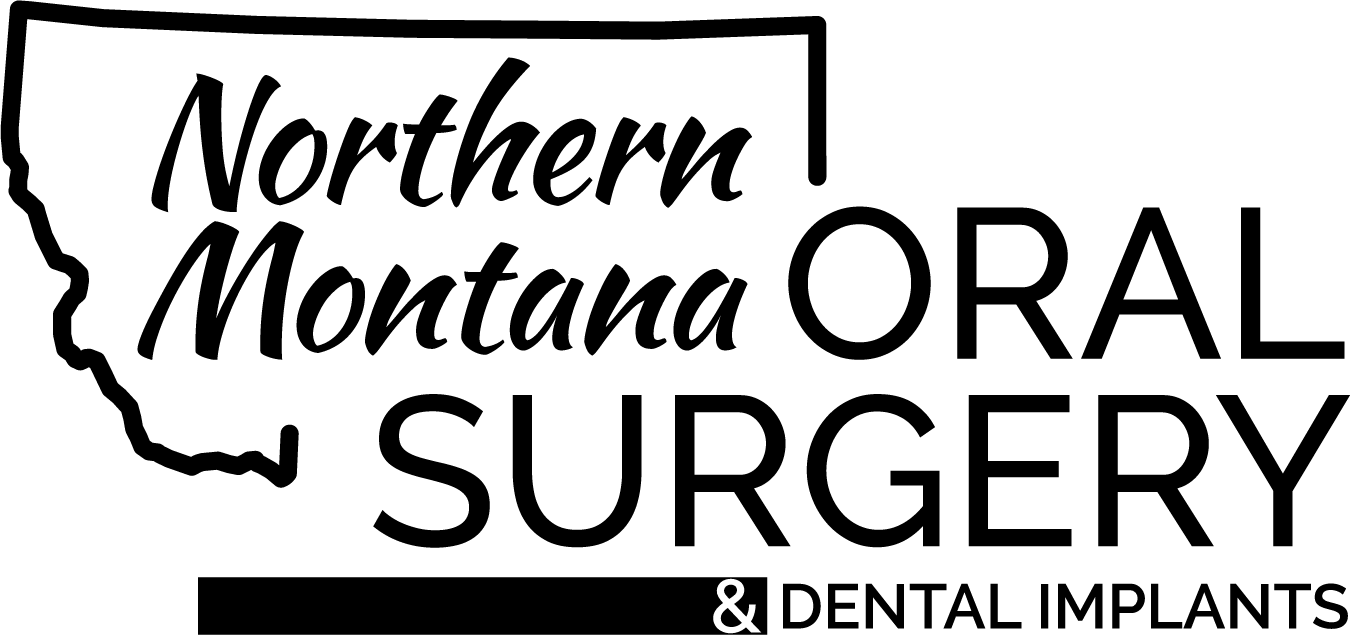Extractions
POST-OP
INSTRUCTIONS:
Teeth
Extraction
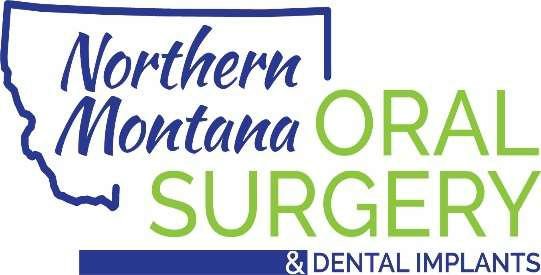
Our phone number is (406) 727-4322 You may remove gauze 1 hour after procedure
We want your recovery to be as smooth and pleasant as possible. Following these instructions will help you. If you have questions about your progress, please call our office at the number above. Calling the office can eliminate the additional expenses of going to the Emergency Department or seeing another doctor. We have a doctor and assistant available 24 hours a day 7 days a week to answer calls. Do not hesitate to call in case of an emergency. However, for routine questions, please call during business hours.
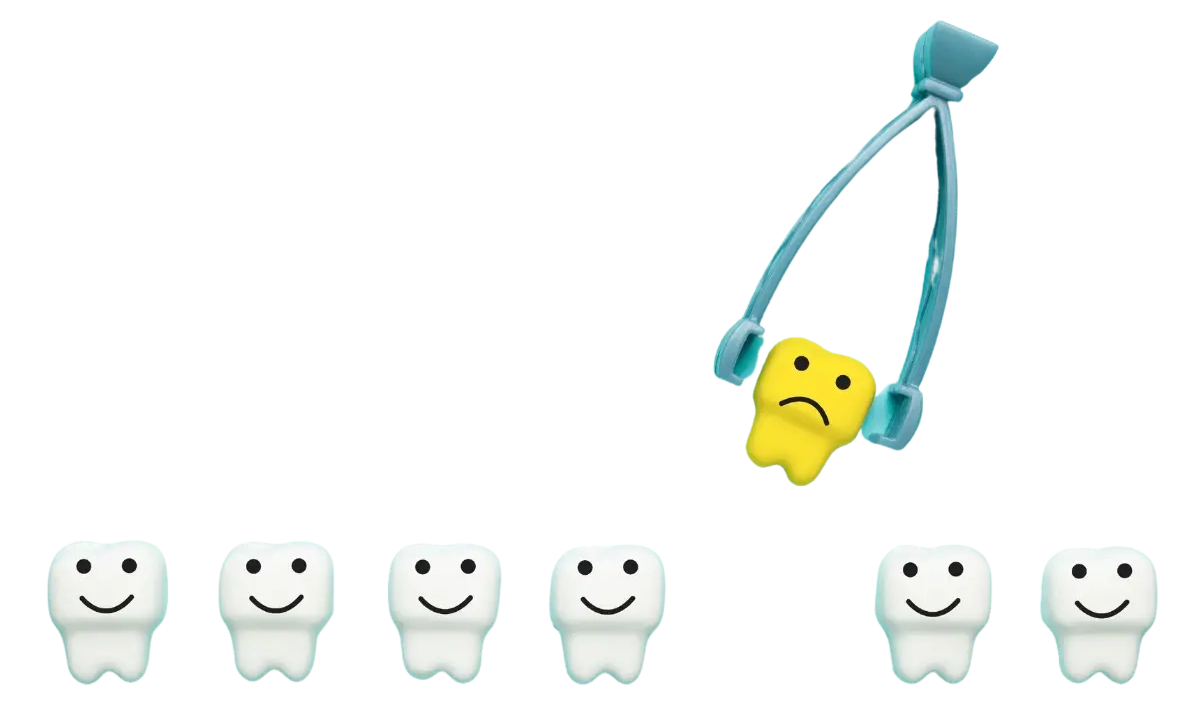
DO NOT DRIVE OR OPERATE MACHINERY FOR 24 HOURS AFTER SEDATION OR AS LONG AS YOU ARE TAKING PRESCRIPTION NARCOTIC MEDICATION.
BLEEDING
- Bite gently on original gauze packs for one hour immediately after surgery.
- If you replace gauze packs, moisten the new packs slightly before placing them.
- Do not chew on the gauze packs or “check” them frequently.
- Each pack should be left in place for at least 30 minutes.
- Oozing from the sites to a small degree is normal during the first 48 hours.
- We recommend placing an old towel on your pillow for the first night as you may drool blood while you sleep.
- Persistent bleeding may be treated by applying pressure with a black tea bag or sipping slowly on ice.
- Call the office if you feel the bleeding is severe, uncomfortable, or if it does not respond to the above.
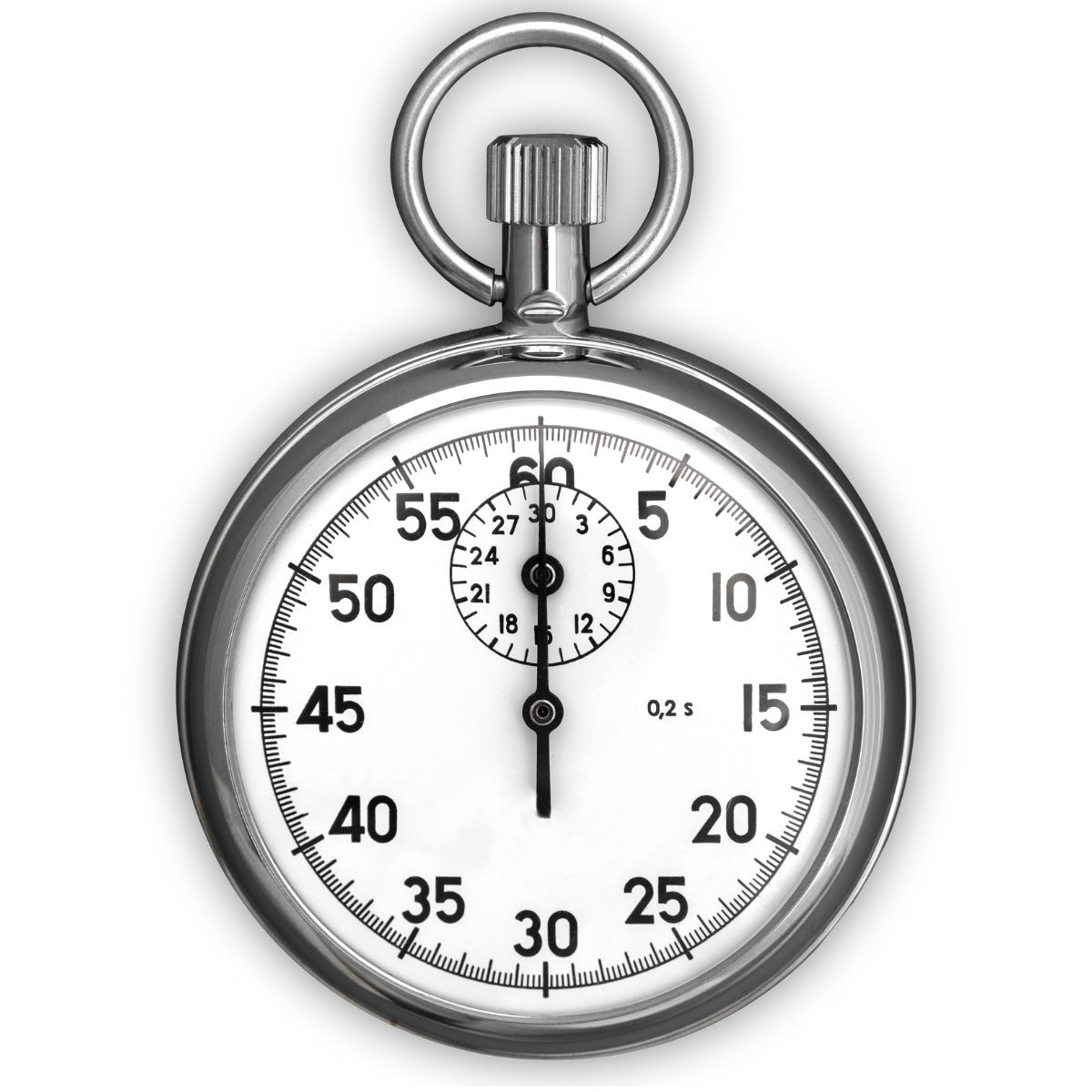
PAIN
- Most tooth extraction pain can be comfortably controlled with over-the-counter medications:
- For sustained pain relief, alternate between acetaminophen (Tylenol®) and ibuprofen (Advil®, Motrin®, etc.) if you can take these medications. (For adults, 500 mg acetaminophen, 2 hours later 400 mg ibuprofen, 2 hours later acetaminophen, etc.)
- OR – For maximum pain relief at one time, take both acetaminophen (500 mg) and ibuprofen (400 mg) at the same time, then wait 4 hours for the next dose.
- For children, dosing recommendations can be found on the bottle
- If a prescription for a narcotic pain medication is provided, this is to be used for breakthrough pain as a last resort – these medications often have uncomfortable side effects and are very addictive.
- Most narcotic pain medication has acetaminophen. If you take a dose, treat it like your dose of acetaminophen.
- Never consume alcohol or marijuana while taking narcotic pain medication.
- Narcotic pain medication (tramadol, codeine, hydrocodone, oxycodone, etc.) is addictive, nauseating, constipating, and may be deadly if taken incorrectly. Limit your doses and switch to over the counter as soon as you can.
- Refills for prescription pain medications will be considered on a case-by-case basis and will only be filled during business hours. They will not be considered over the weekend. Please plan accordingly. Office hours are Mon – Fri 8:00 AM to 4:00 PM and Friday 7:00 AM to 12:00 PM.

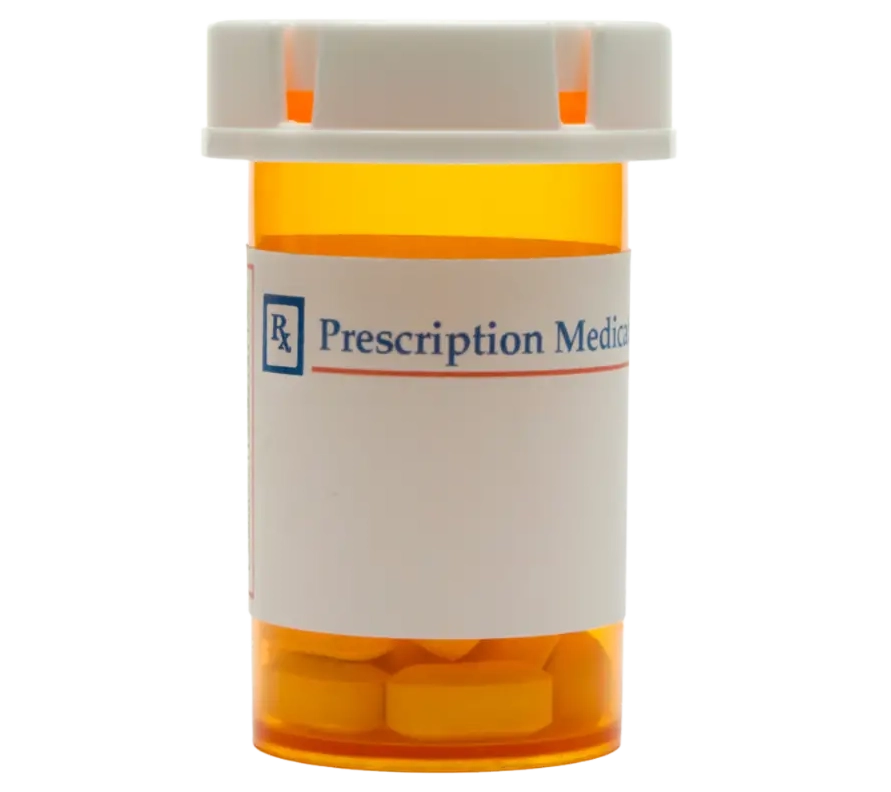
ORAL CARE
- It is OK to gently brush your teeth. Take care to avoid disturbing the surgical area with the brush.
- Do NOT vigorously rinse with water or any mouth rinse during the first 72 hours.
- Do NOT probe or otherwise disturb the surgical site.
- Beginning the day after surgery, gently rinse your mouth with mild salt water (½ tsp. salt and ½ tsp. baking soda per cup of water) several times a day and continue for two weeks following surgery.
- If prescription mouth rinse was provided, be gentle and follow the instructions on the bottle.
- Do NOT rinse your mouth with hydrogen peroxide.
- You should begin gently rinsing extraction sites with the irrigating syringe 4 days after surgery to prevent food getting stuck, and dry sockets (see section on dry sockets below).
- When irrigating your extraction sites, place the tip of the syringe in the hole or it will not work as well.
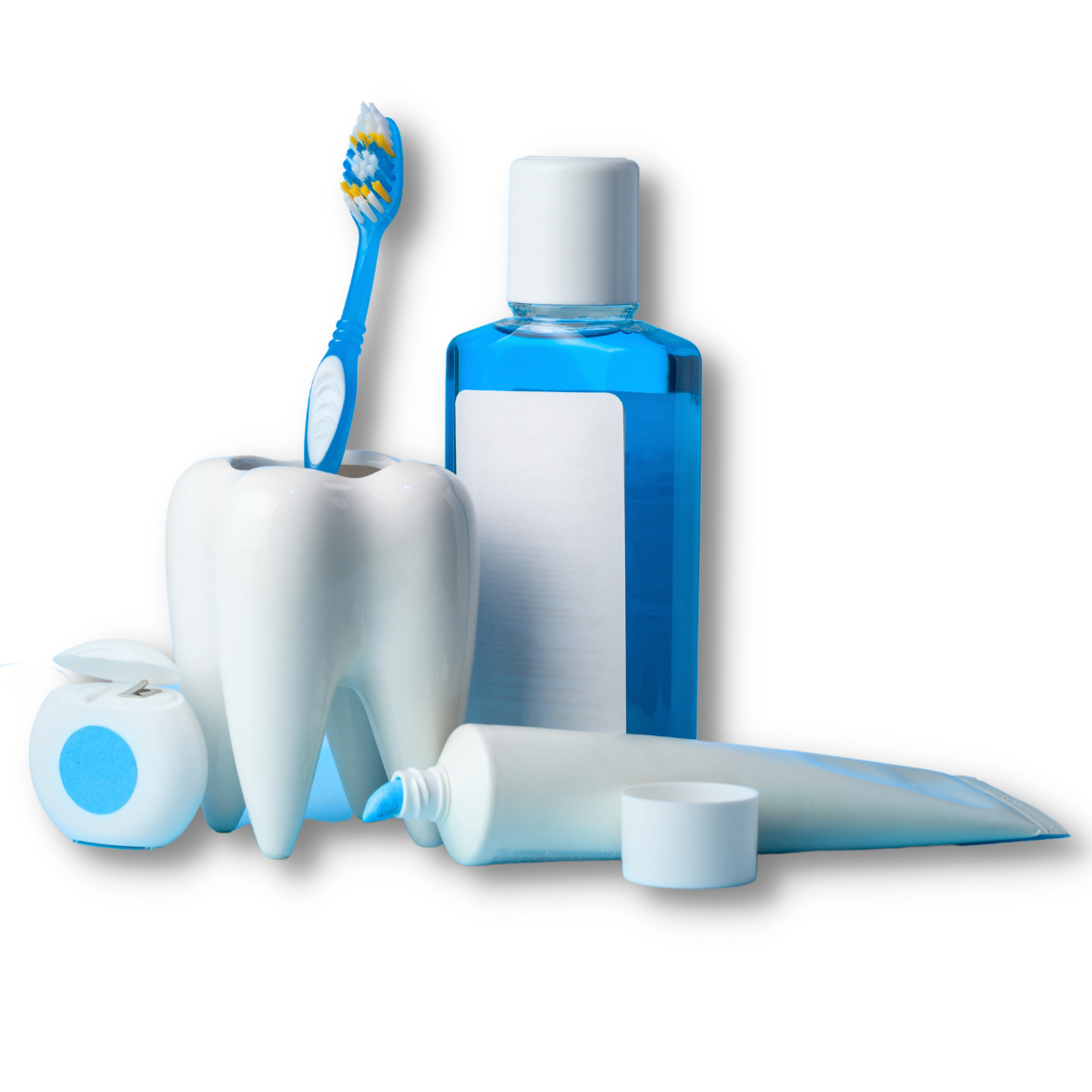
SMOKING
- Do NOT vape or smoke tobacco or marijuana after oral surgery. Smoke and vaping vapor contain damaging chemicals that will increase the risk of pain and infection and will delay the healing process leading to higher risks of complications.
- The longer you can avoid smoking after surgery, the better.
- Patients who smoke tend to have pain that lasts longer than non- smokers.
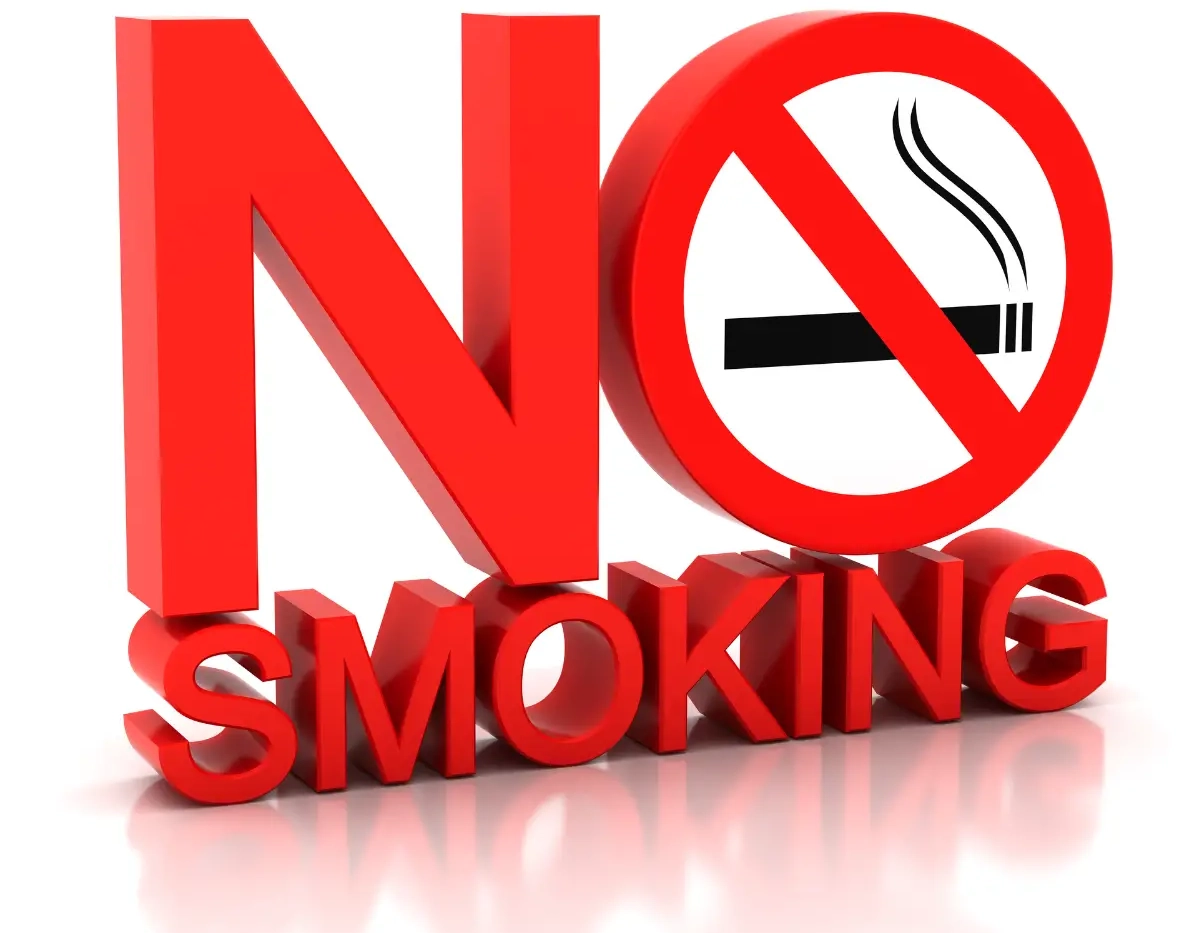
SWELLING
- Swelling peaks 48-72 hours (2-3 days) after surgery. It then takes time to resolve.
- Ice packs help reduce swelling. A pattern of 20 minutes on and then 20 minutes off is helpful for the first 48 hours.
- Ice directly on the skin can be uncomfortable. Place a cloth between the ice and your skin.
- After 48 hours switch to a heating pad over the cheeks, following the same 20-minute rotation schedule.
- Keep your head elevated 30° to 45° for the first 48 hours following surgery.
- If swelling returns after it has already resolved, please call the office.
- A sudden increase in swelling weeks after an extraction can be a sign of an infection. This risk persists for up to 2 months afterwards. Please come see us if you have concerns.
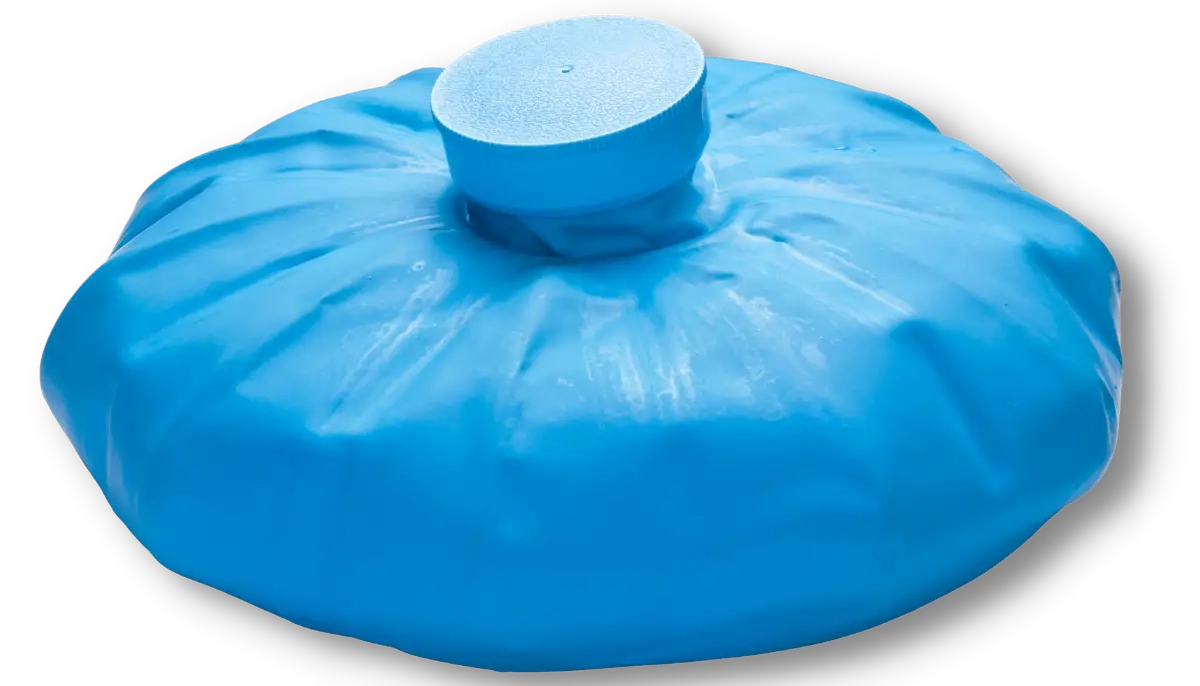
GENERAL HEALTH
- Do not stand up quickly during the first 24 hours after surgery – you may faint.
- You should have assistance when you go to the bathroom.
- It is common to run a low-grade fever during the first 48 hours after surgery and anesthesia.
SLEEP APNEA
- Unless directed otherwise, you may use your CPAP machine.
- Patients who were sedated, or who are taking narcotic pain medication MUST use their CPAP machine anytime they might fall asleep, unless specifically directed otherwise. You are more likely to have life-threatening apnea initially after anesthesia and while under the influence of narcotic pain medication.
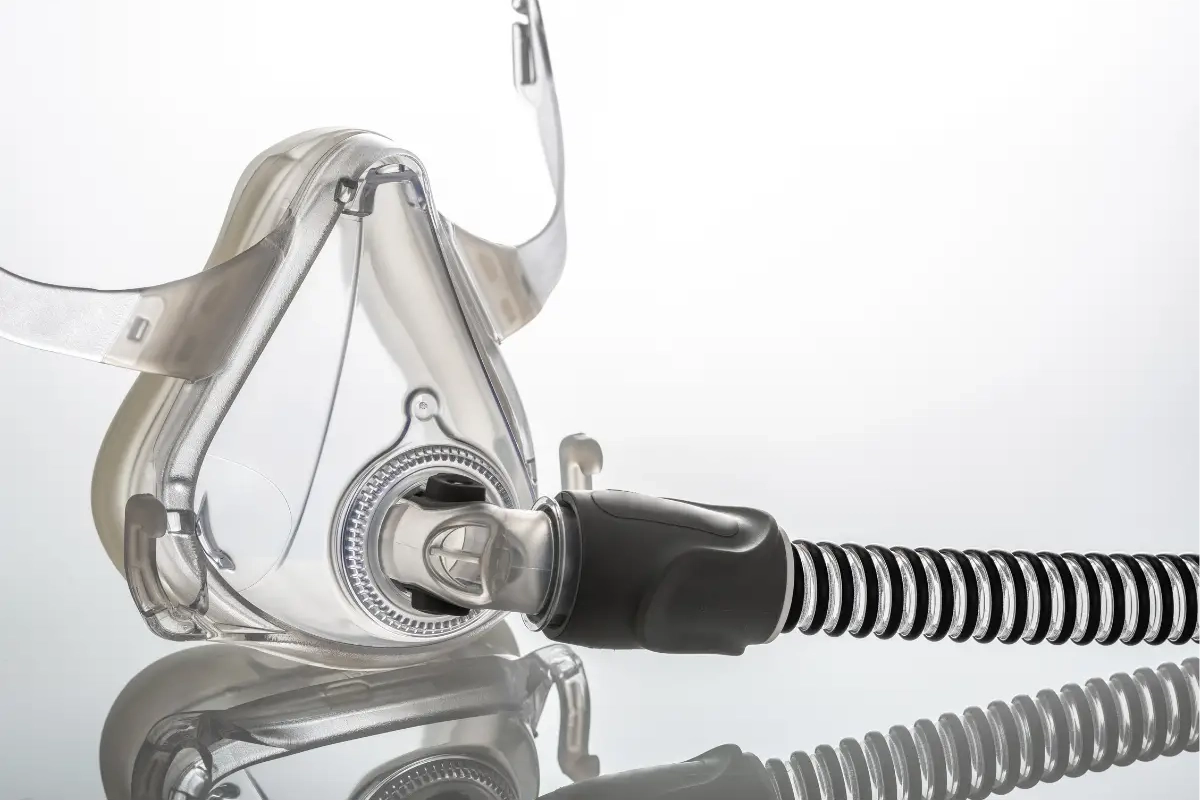
NAUSEA
- Sometimes pain medication causes nausea. Nausea can be reduced by eating a small amount of food before each pain pill and taking the pill with a large volume of water.
- Ginger ale, Dramamine®, and Benadryl® may help with nausea.
- Be aware that almost all anti-nausea medicines cause drowsiness.c
DIET
- Avoid carbonated drinks, alcohol, citrus juices, coffee, and any extremely hot food or drinks for 48 hours (about 2 days) after your surgery.
- Start with foods that are cool and soft during the first 48 hours after surgery.
- After 48 hours you may gradually increase your diet to more firm food based on comfort.
- For 3-4 weeks after your surgery, it is best to avoid foods like nuts, sunflower seeds, popcorn, etc., which may get lodged in the surgical site.
- Do NOT use a straw for at least 10 days following surgery.

- Do NOT skip meals. This will slow the healing process. Protein in your diet helps with healing.
- If you have diabetes, maintain your normal eating habits, or follow instructions given by your doctor. Check your blood sugar regularly. Ideally, your blood sugar should stay below 250
DRY SOCKET
- These show up as severe, aching pain developing 3 to 10 days after surgery.
- Following the instructions on this sheet will minimize the risk of developing dry sockets.
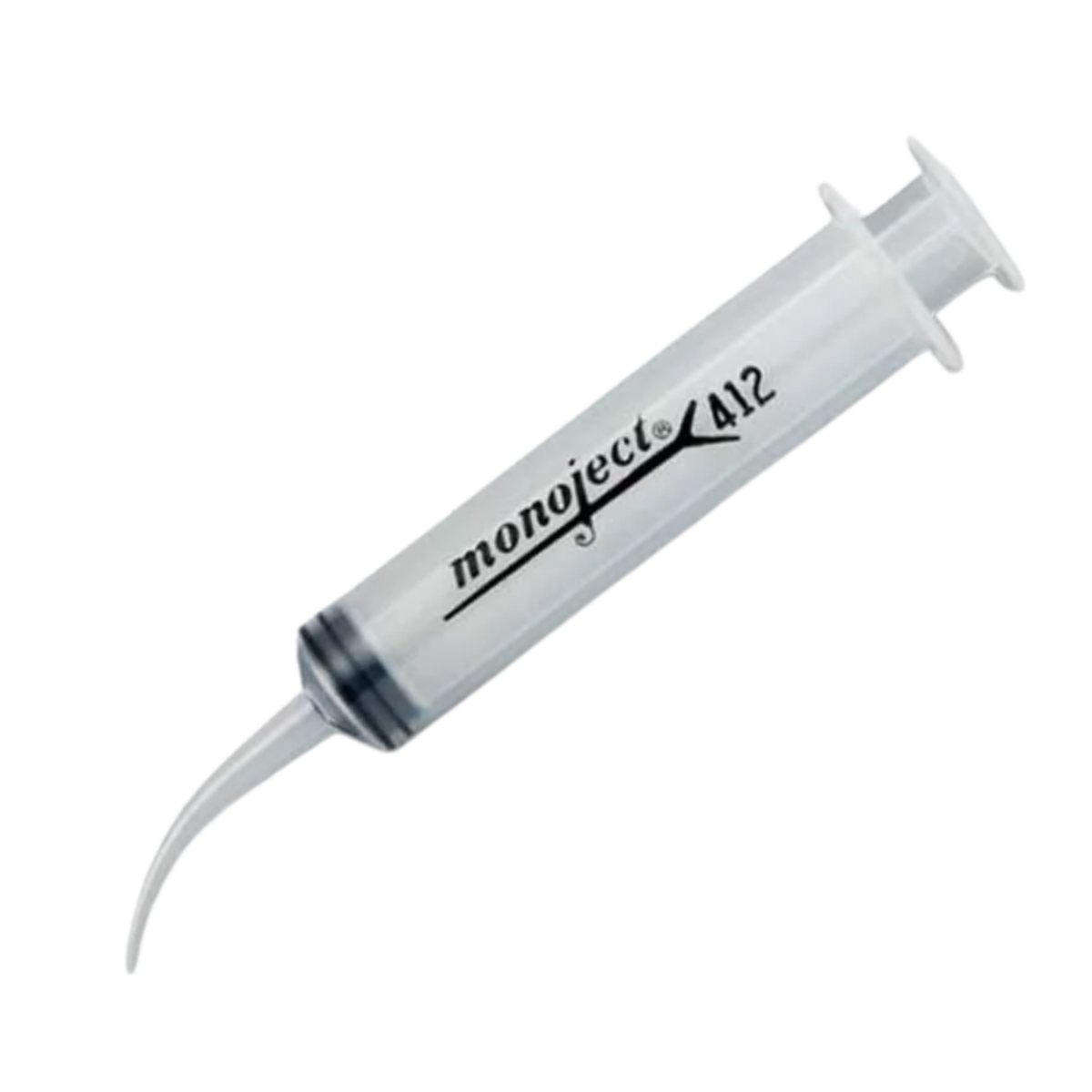
- When people come in for a dry socket, we often find impacted food in the site. Even milk can curdle and settle in the extraction sites, so a liquid diet is not a guarantee against a dry socket. Diligent irrigation with the syringe and making sure the tip of the syringe is in the hole is the best way to avoid this. Impacted food causes inflammation, which causes pain.
- Science doesn’t know all the reasons dry sockets form. We know smoking, birth control, poor oral hygiene, and sucking on straws can increase the chances of a dry socket. Even still, some people are prone to getting them.
- Dry sockets will resolve on their own, but if you have concerns, please call the office for help.
HEALING
- Almost every stitch we place is a type that dissolves. They may dissolve 2 days to 3 weeks after your procedure.
- Occasionally a sharp edge of bone can be felt at the surgical site. Bone slivers may surface occasionally for several weeks after tooth extraction. Please call if these are causing discomfort, although many can be removed by rubbing a washcloth over the area.
- It is normal to develop a hole initially at the extraction site. This will fill in over time, typically 4-8 weeks (1-2 months)
EXERCISING
- When you start exercising is up to you.
- Exercise causes an increase in heart rate and blood pressure, which can lead to more bleeding from the site.
- If you are taking narcotic pain medication or are within 24 hours from being sedated, you should not exercise.
- Aerobic exercise with endurance training in mind may be more comfortable. However, people often feel throbbing. This is fine if it goes away when you are done working out.
- Playing contact sports theoretically increases the risk of jaw fracture after having a tooth removed. Avoiding contact sports for 4-6 weeks may be best.
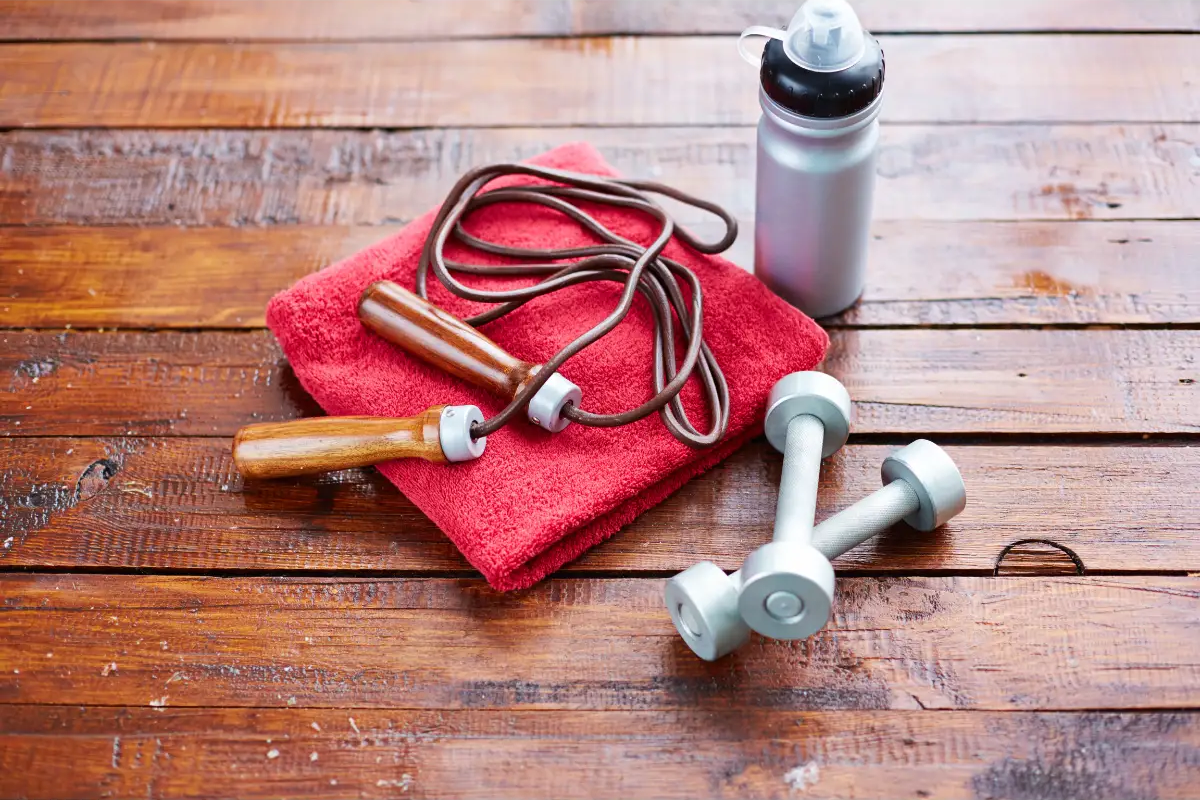
Our Locations
- MON - THU7:30 am - 5:00 pm
- FRI6:30 am - 1:00 pm
- SAT - SUNClosed
- MONClosed
- TUE8:30 am - 3:30 pm
- WED - SUNClosed
